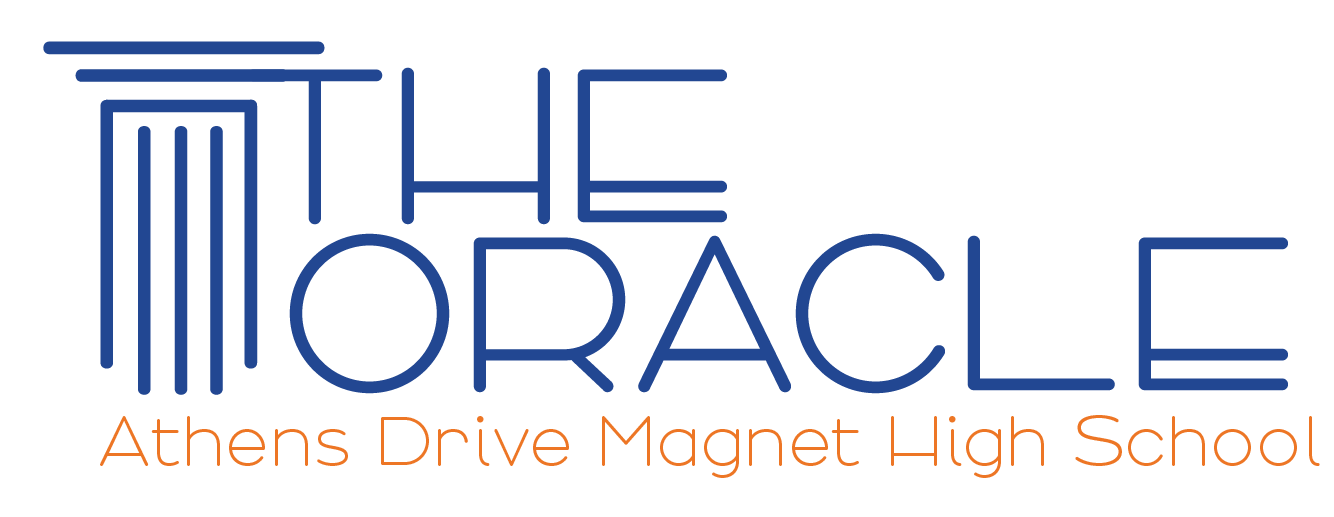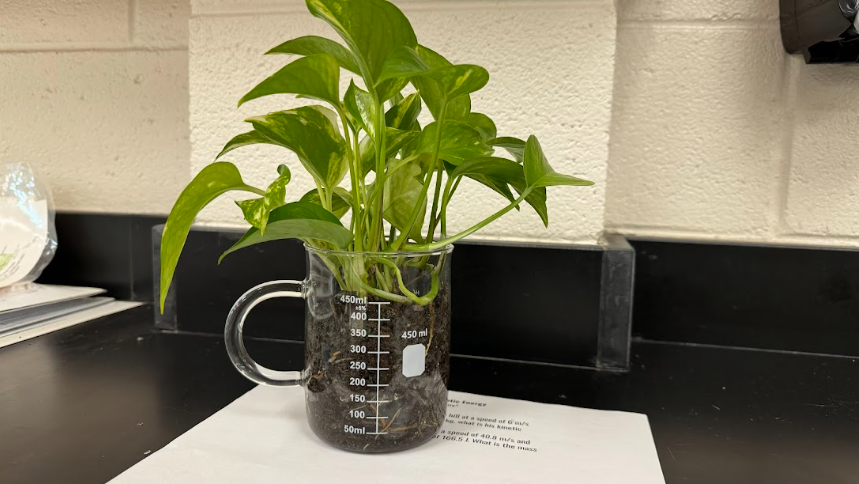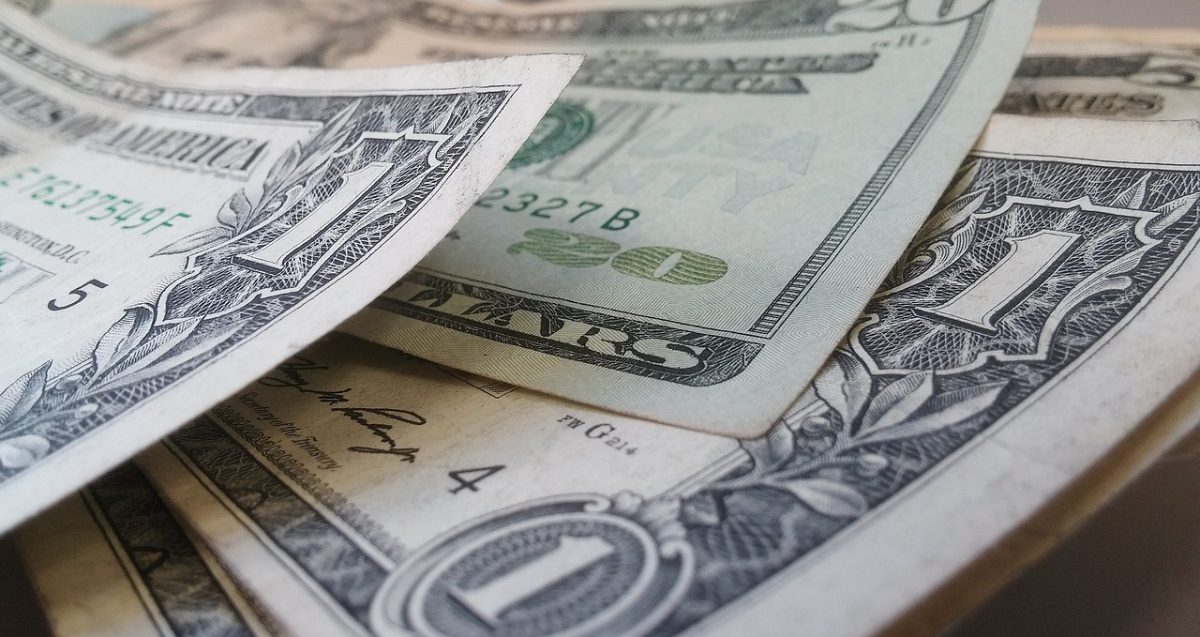Each year, top basketball players are forced to choose between college and the National Basketball Association (NBA), and these 18 and 19-year-olds’decisions have the potential to change the rest of their lives.
Since 2006, 57 players who were one year out of high school have been drafted by NBA teams due to the age limit set at 19. New commissioner Adam Silver told “USA Today Sports” that he is in favor of raising the minimum age limit to 20.
“We believe the additional year of maturity would be meaningful,” said Silver.
Adversely, a majority of players favor returning to the previous rule that allowed talented athletes to join the NBA at 18, directly out of high school. Due to the current rule, many of the high school graduates play basketball for one year in college and, given the option, ditch the last three years for the NBA dream. Hence, the rising phenomenon dubbed “one-and-done.” The increasing problem has sparked contradicting opinions among fans, sports reviewers, players and coaches.
“It tarnishes what we’re trying to do as coaches; it tarnishes the idea that kids are here to get an education. It just does. People know it. That’s why there are so many people it upsets, and people don’t like it. I don’t know of any person I’ve talked to who says, ‘I like the one-and-done,’” Colorado coach Tad Boyle told USA Today Sports.
Not only does the one-and-done system restrict coaches from teaching the game, but it results in extreme external and internal stress among the players. It also affects the pride of the upperclassmen who return each year to play.
“It’s taking the players who return for their second and third years to a level of insanity, where you become a failure if you at all enter your fourth year in college. You can’t play. You’re a bum. You did not make it. If you just think about that, where that starts from is players being here for just one year. ‘OK, I’ll come here a second year, but I’ll be damned if I ever get to my third.’ If a player you played against at a McDonald’s All-American game did it in one, and it takes you three, it’s sad,” said Coach Sean Miller of Arizona.
Many college basketball coaches favor rules similar to baseball, where high school graduates are eligible to be drafted, but college players are committed to at least three years. These same coaches also realize that the NBA is not interested in 18 year old high school graduates. A compromise was posed that a “two-year” rule would ensure commitment to college basketball for an extra year, and it has initiated agreement and support in relation to the one-and-done issue. Athens basketball coaches Travis Wells and Donti Coats agree with the “two-year” rule because it is fairer to the player and the college. If the athlete chooses to participate in college basketball, the player has the chance to mature in the sport, and the college benefits from the player’s talent.
According to USA Today Sports, “It would give college programs more stability, provide players with time to develop and give NBA teams better prospects. It would help perhaps change the image that players are using college campuses as an eight-month pit stop on the way to the pros.”
Perhaps one of the most popular local one-and-done players is Duke University’s Jabari Parker. As the highest-scoring freshman in Duke history, Parker announced in mid-April that he was planning to enter the NBA draft. Parker explained his thoughts about his decision in an essay published by “Sports Illustrated.”
“After losing in the NCAA tournament, I needed to clear my mind. I was incredibly disappointed and blamed myself. I didn’t watch basketball or go to the gym for several days. But I soon realized the real test is how we handle defeat and I laced my shoes and headed to the student rec center to play some pick-up.
It reminded me of how much I loved the game, but it was only a temporary reprieve. As soon as I got back, I turned my attention to one of the hardest decisions I’ve had to make up to this point in my life: whether to remain in school or enter the NBA draft.(…)
Ultimately, I boiled my decision down to two simple questions:
Which environment — college or the NBA — offers me the best opportunity to grow as a basketball player?
Which environment — college or the NBA — offers me the best opportunity to grow and develop off the court?
The answer to both questions is undeniably the NBA.(…)”
As the one-and-done issue continues to rip through the college and professional basketball world, fans and followers can find updates and information on “USA Today Sports” and “Sports Illustrated.”
“This is one of these issues that the larger basketball community needs to come together and address, not just the NBA owners and our players. Youth basketball and college basketball should have a seat at the table as well,” said Silver.





